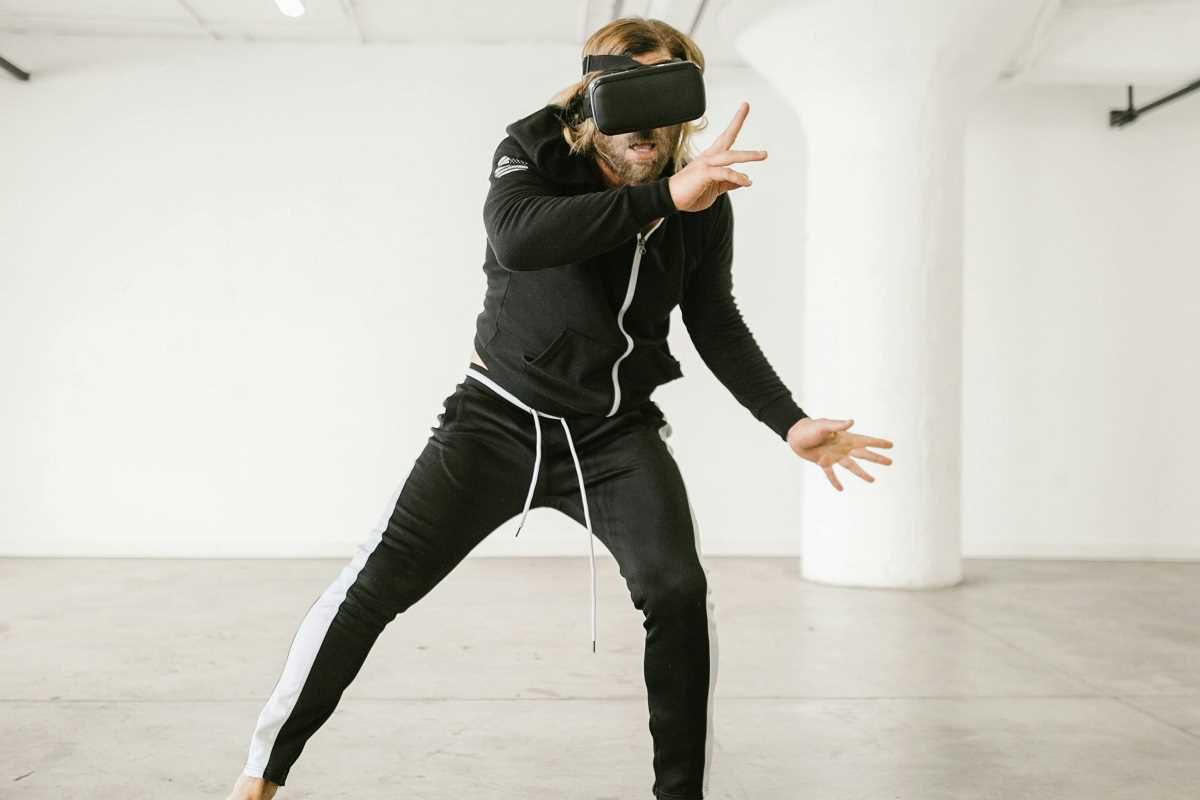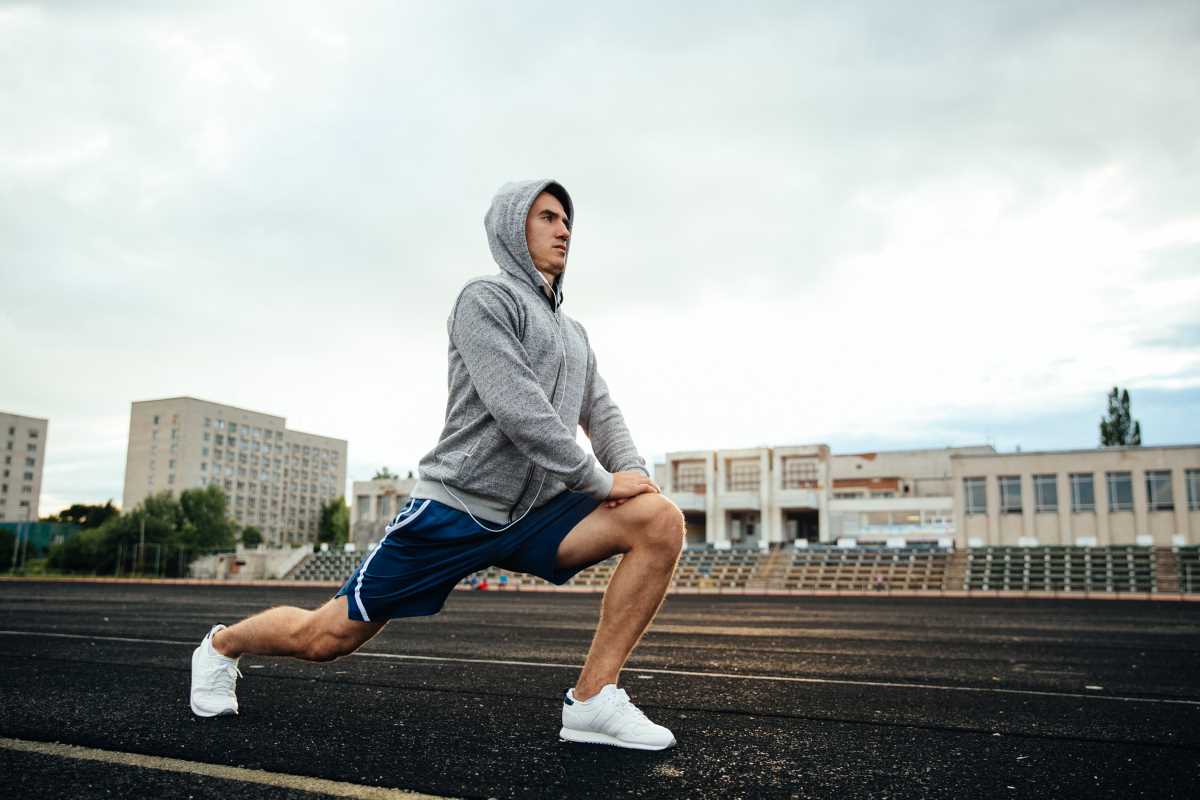The transformation in home fitness has reached an exciting milestone through the advent of augmented reality technology. Traditional, repetitive workout routines and confined exercise spaces have given way to a new era where interactive digital environments invigorate every training session. Fitness enthusiasts now enjoy the opportunity to explore vibrant, simulated worlds that elevate both physical performance and enjoyment. This revolutionary approach redefines the concept of exercise by blending immersive visual experiences with practical workouts, making each session unique and engaging. Home gyms are no longer limited by static equipment or predictable routines; instead, they offer dynamic challenges that adapt to individual needs and preferences. The integration of advanced VR applications into daily fitness practices captures the imagination of technology lovers and gamers alike, opening up novel avenues for creativity and movement. This innovation marks a turning point in the pursuit of healthier lifestyles at home and fuels continuous personal transformation.
The Evolution of Home Fitness Technology
Home fitness has come a long way from simple calisthenics and basic workout equipment. Initially, home workouts faced limitations due to space, equipment availability, and the lack of personalized guidance. With advancements in technology, especially the integration of virtual reality, the home fitness landscape has transformed significantly.
Today, virtual reality offers a comprehensive solution that combines immersive environments with tailored workout programs. This shift particularly caters to technology fans who seek interactive and high-tech ways to stay fit without having to leave the comfort of their homes.
Benefits of Virtual Reality in Fitness
Virtual reality brings a host of benefits to home fitness, enhancing both the effectiveness and enjoyment of workouts. Some of the key advantages include:
- Immersive Environments: VR transports users to various settings, making workouts more engaging and less monotonous.
- Personalized Training: Tailored programs adapt to individual fitness levels and goals, ensuring optimal results.
- Interactive Feedback: Real-time metrics and feedback help users track their progress and stay motivated.
- Variety of Exercises: A wide range of activities, from cardio to strength training, keeps the fitness routine diverse and exciting.
- Convenience: Access to professional-grade workouts without the need for gym memberships or travel.
These benefits not only make exercising more appealing but also contribute to better adherence and overall fitness outcomes for users.
Popular VR Fitness Applications
Several VR fitness applications have gained popularity due to their innovative approaches and effectiveness. Here are some of the top choices available today:
- BoxVR – A rhythm-based boxing workout that combines music and movement for a fun cardio session.
- FitXR – Offers a variety of classes, including boxing, dancing, and high-intensity interval training (HIIT), all within a virtual studio.
- Supernatural – Provides immersive workouts set in stunning environments around the world, integrating mindfulness and fitness.
- VZfit – Transforms your space into an expansive world for cycling and other cardio workouts using real-world rides.
- OhShape – A rhythm game that requires users to match their movements to on-screen prompts, enhancing flexibility and coordination.
These applications demonstrate the versatility and potential of VR in creating engaging and effective fitness experiences.
Challenges and Considerations
Despite the numerous advantages, incorporating virtual reality into home fitness presents its set of challenges. One primary concern is the initial investment required for VR equipment, which can be costly compared to traditional workout gear. Setting up the necessary space to accommodate VR movement can also be a hurdle for those with limited room.
Another consideration is the learning curve associated with using VR technology. Users may need time to become familiar with the devices and navigate the software effectively. Prolonged use of VR headsets may lead to discomfort or motion sickness for some individuals, potentially hindering consistent use.
Addressing these challenges involves evaluating the long-term benefits against the upfront costs, ensuring adequate space for safe movement, and gradually acclimating to VR usage to minimize discomfort.
Future Trends in VR and Home Fitness
The future of virtual reality in home fitness looks promising, with continuous advancements poised to further enhance the workout experience. Developments in haptic feedback technology will likely provide more realistic physical interactions, making exercises feel even more immersive. Integration with artificial intelligence could lead to smarter workout programs that adapt in real-time to user performance and preferences.
The ongoing collaboration between fitness experts and VR developers is expected to produce more specialized and diversified fitness applications. This synergy aims at changing home fitness into a more interactive and tailored experience that meets the evolving needs of users.
Virtual reality is revolutionizing home fitness by making workouts immersive and enjoyable. This trend promises a new era of engaging, effective exercise at home.
 (Image via
(Image via





